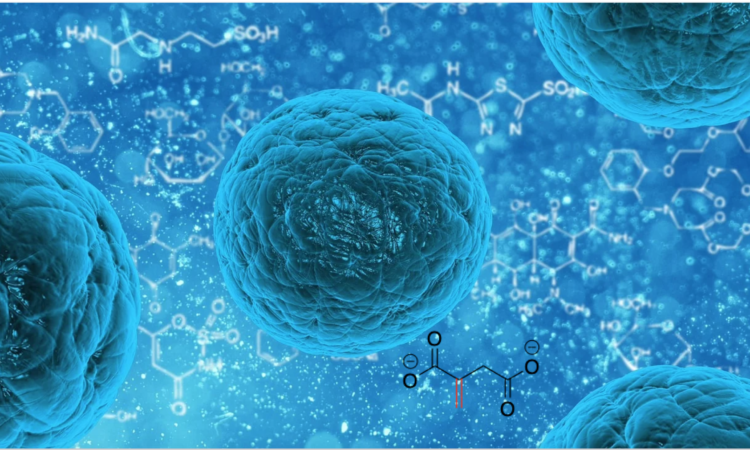Genetically-engineered cell therapies are poised to become some of the most potent weapons in our arsenal against cancer and immunological diseases. However, significant toxicity is sometimes associated with these therapies due to uncontrolled proliferation and activation of these cells. To address this, Jan and colleagues developed a chemical strategy whereby an FDA-approved drug could be used to control the activity of these cells, opening the door for a new generation of safer and more controllable cell-based therapies.
Hitting a Moving Target: Searching for Weak Points in the Glycan Shield of HIV
Primary Source Info: Title: Visualization of the HIV-1 Env Glycan Shield Across Scales Authors: Zachary T. Berndsen, Srirupa Chakraborty, Xiaoning Wang, Christopher A. Cottrell, Jonathan L. Torres, Jolene K. Diedrich, Cesar A. López, John R. Yates III, Marit J. van Gils, James C. Paulson, Sandrasegaram Gnanakaran,…
Mapping the Targets of Antibodies against SARS-CoV-2
The worldwide death toll from the pandemic disease COVID-19 has now surpassed half a million people, sparking global vaccine development efforts. One of the most important elements in the immune system’s response to a vaccine is the antibody response, but antibodies to different parts of the invader can have different effects. In order to better understand which parts of SARS-CoV-2 are targeted by antibodies from the human immune system, Hongye Wang and colleagues developed a SARS-CoV-2 peptide array. By observing which peptides were targeted by antibodies from patients with COVID-19, the authors were able to profile which of these regions were responsible for raising antibodies. Their technology will also be useful in future vaccine development efforts.
A Solution Worse than the Problem: Using Chemistry to Understand the Runaway Immune Reaction in COVID-19
The coronavirus pandemic caused by the virus SARS-CoV-2 has now caused over 100,000 deaths in the United States alone. However, only a small fraction of people infected develop severe illness leading to death. Why do some people barely display any symptoms, while others progress to complete respiratory failure? Here, researchers at Shanghai Children’s Hospital used chemical proteomic technology to identify protein-protein interactions between SARS-CoV-2 and human proteins and use these data to better understand how the virus interacts with the immune system, leading to a runaway reaction in some patients. They also correlate levels of important immune proteins IL-6 and IL-8 to COVID-19 severity in patient samples, in agreement with their chemical proteomic data.
How Does a Newly Approved Drug Inhibit the Novel Coronavirus?
The COVID-19 pandemic has quickly become the worlds most significant public health challenge. Within days, the FDA is expected to announce the authorization of Gilead’s antiviral drug remdesivir to treat this disease. In this paper, Calvin Gordon and coauthors explore the biochemical mechanism of remdesivir, helping us understand why this drug, of all the antiviral drugs available to us, might be effective against the novel coronavirus.
Identifying the Molecular Mechanism of a Targeted Cancer Therapeutic Lead Compound
Molecules that target specific aspects of cancer biology are of great interest due to the improved efficacy and reduced side effects for patients relative to chemotherapy. Scientists have identified many compounds that can selectively kill cancer cells, but it is not yet understood how most of them work. Here, Madhusudhan and coauthors have used chemical probes and mass spectrometry to identify the targets of potential new targeted lung cancer therapies against a protein complex in the mitochondria. This complex currently has no approved targeted therapies against it, making it an exciting prospect for a whole new class of anticancer agents.
How a Small, Organic Molecule Reigns in the Immune System
A Chinese research group has employed a chemical proteomic strategy to determine the mechanism of action of the anti-inflammatory molecule itaconate. Itaconate non-enzymatically modifies cellular proteins in order to modulate their activity, leading to a reduction in the activation of immune cells, which could pave the way to an autoimmune therapy.







